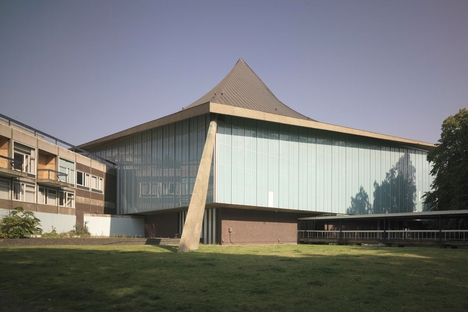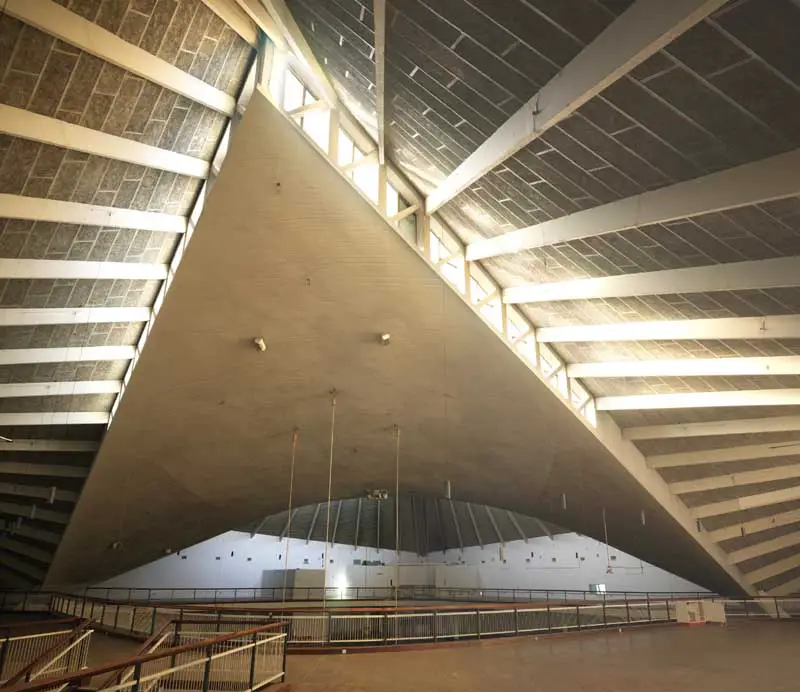One of the many things that irritate me about Britain's high streets is the seemingly inexorable move towards homogeneity. The same old shops selling the same old crap. We've lost so many independent shops that give a place distinctiveness and variety. But somewhat bizarrely it's happened at the very same time as that other great irritation of mine, the growth in choice.
I first noticed this with pubs and food. There was a halcyon period when eating in a pub was restricted to crisps or peanuts and if something more substantial was required, a pork pie or pickled egg were invariably available. The exception was Friday and Saturday nights when the local prawn and shrimp seller would visit, usually shortly after the Salvation Army in their bonnets distributing the 'War Cry'. Some pubs did provide the odd sandwich which lived on the bar under a plastic dome, but then the revolution started. I remember it began with chicken in a basket or scampi and chips. This evolved into the home-cooked servery and carvery concept and now replaced with the ubiquitous microwave multi-choice fayre.
I'm pleased to say that I've recently visited two pubs where the only food on offer was contained in a plastic dome on the bar and cost £1.50 a throw. Ham, beef or vegetarian alternative; cheese. I'm beginning to get the feeling there might be a counter-revolution starting and it's been confirmed by a recent visit to the charming North Yorkshire port of Whitby. In amongst all the usual hot food takeaways that thrive during the holiday season, there's a novel new and distinctive fast food concept, the 'Humble Pie 'n Mash' shop. It's really simple. You go in, sit down, choose from six different freshly baked pies and it's served up within minutes complete with mash, peas and gravy on an enamel dish. There's a vegetarian alternative and it all costs £4.99.
I love everything about this new business. All the ingredients, including flour, are sourced locally, even the eggs coming from the family chickens. They bake and are open every day and do 'carryouts.' The 1940's theme makes it feel just like wartime, only with meat. There's gingham, union flags and I'm sure I heard strains of Glen Miller on the wireless. Yorkshire tea is served in mugs and the only thing missing is Woolton Pie on the menu. This couple really deserve to do well and I think are spearheading a massive change in direction for fast food. This could be the fish and chip shop of the future and it's British through and through.





